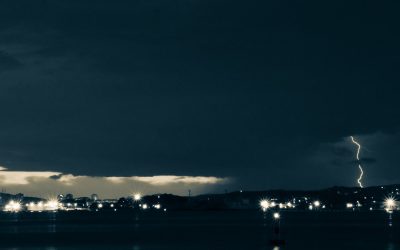When it comes to hiring an electrician, finding the right person with the right tools is crucial. One of those more vital tools is knowledge and understanding of electricity, how it works and the safest ways to conduct it for your family and household. Knowing about the different lighting, the benefits and developments are vital in ensuring you hire the best.
Lights have become a modern day norm. We use them inside and outside all day every day, even more so in winter as the days get darker so it is really important that with the season change that we help you to focus on the safety and economy of lighting in your home. This can simply be as easy as your light bulb choice.
Types of lights
While there are many different light types and styles available the most common lighting is the down light. Common from the mid 90’s was the halogen type down light. Halogen lamps produce a very bright white light. They use a filament that’s heated to the point of glowing, much like an incandescent bulb but are twice as effective and have a longer life span. Halogen lights are a very cost effective option both for indoor and outdoor projects that require an abundance of bright white light.
However these were later found to be more of a fire hazard than other lights. With the insulation and excessive heat, whilst being economically sound they are not the safest option for common use in the home. People who have halogens in older homes have also reported having dust come in through the surrounds of the old halogens, another hazard. Most halogens are now being replaced with the LED type of light, which saves on energy and removes risk associated with the halogen globes.
LED Lights
LED (Light Emitting Diode) produces light by way of an electrical current passing through a semiconductor material to illuminate the tiny light emitting diodes. Due to their size, several LEDs are sometimes combined to produce a single globe. The heat produced by these diodes is then absorbed into a heat sink, keeping the bulbs cool to touch and adding safety to the home.
Originally LED bulbs came in 50w (watts) but some years later they were phased out and replaced with the 35w. Now the LED lights are brighter and use less power. The primary wattage used in homes is only 9 – 13w which means roughly a quarter of the power used by halogen.
LEDs have a lower wattage but emit the same light output. They can last up to 20 years, can save as much as 86% in energy costs and are available in a wide range of shapes and sizes. Ideal for the home.
So if you are looking to feel secure and save a few pennies this winter the first stop might just be your lighting.



